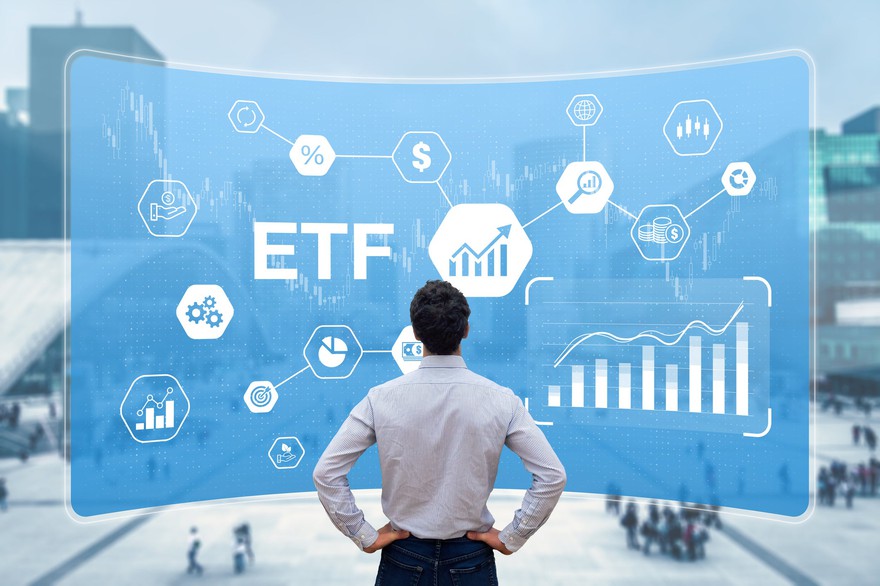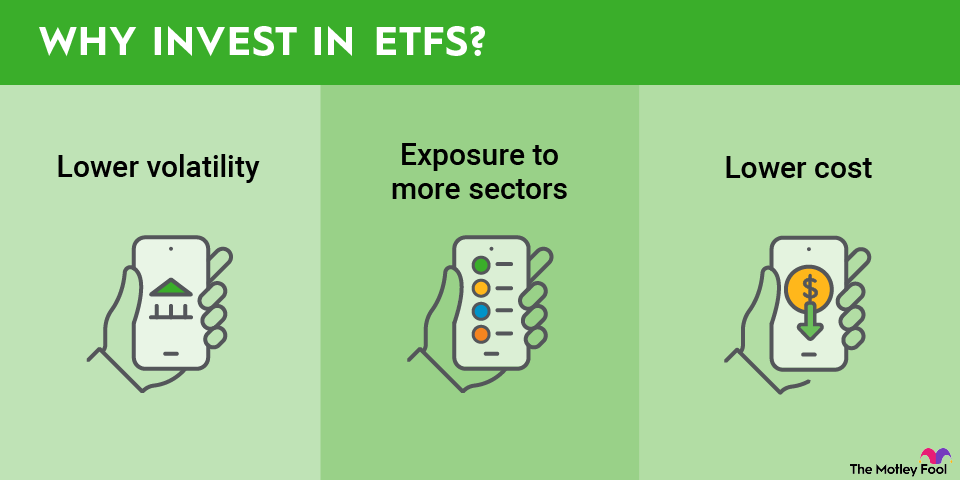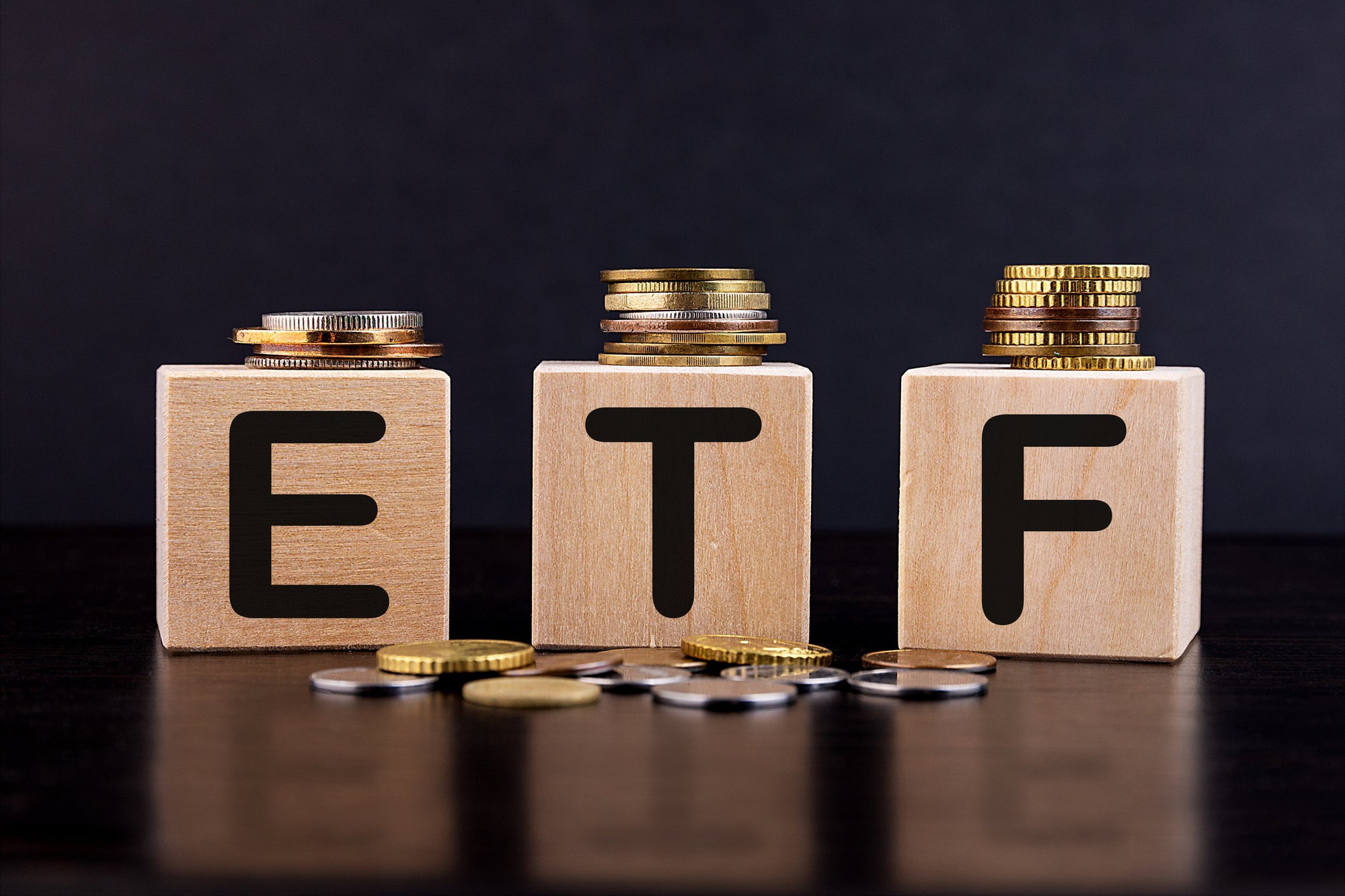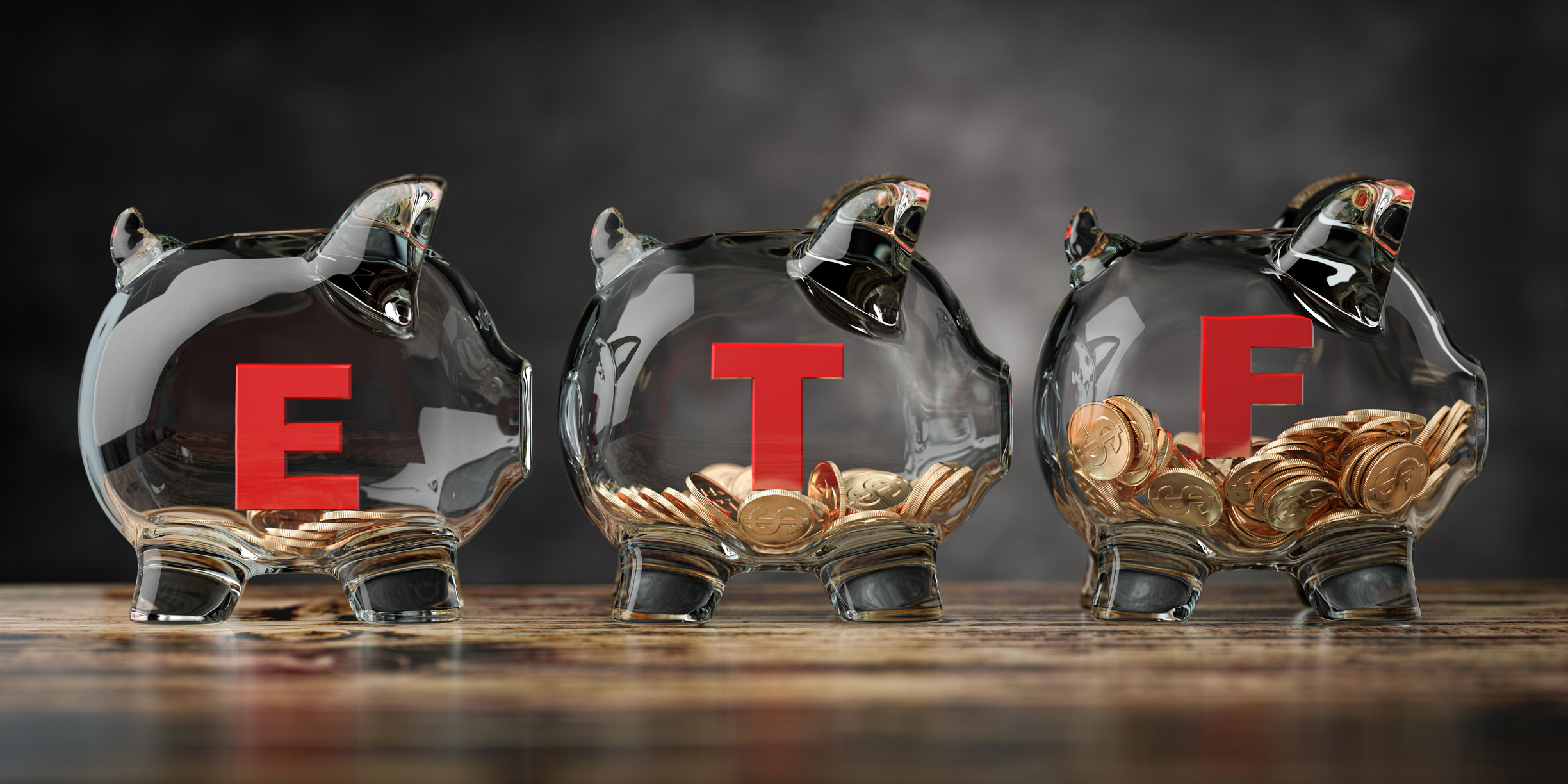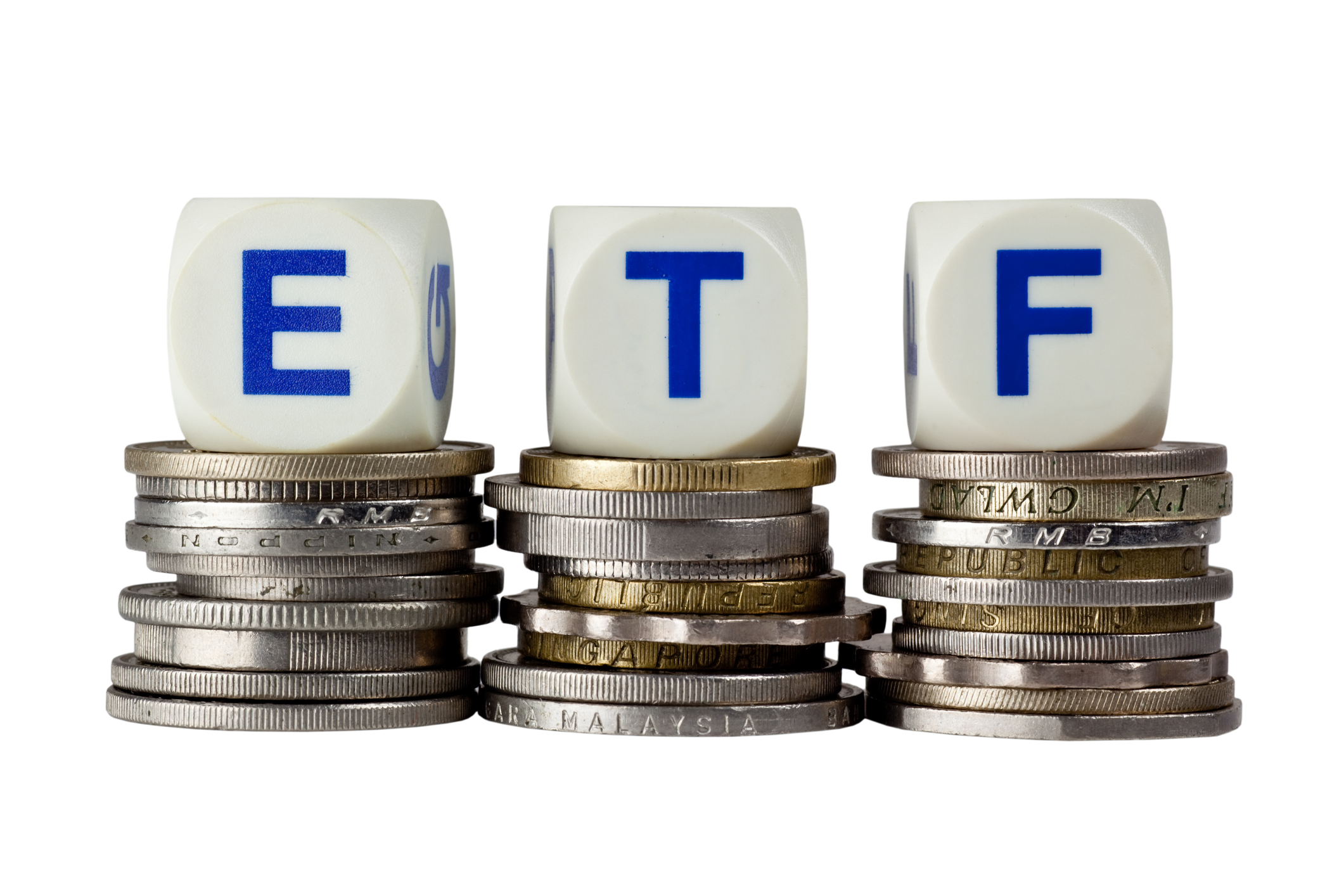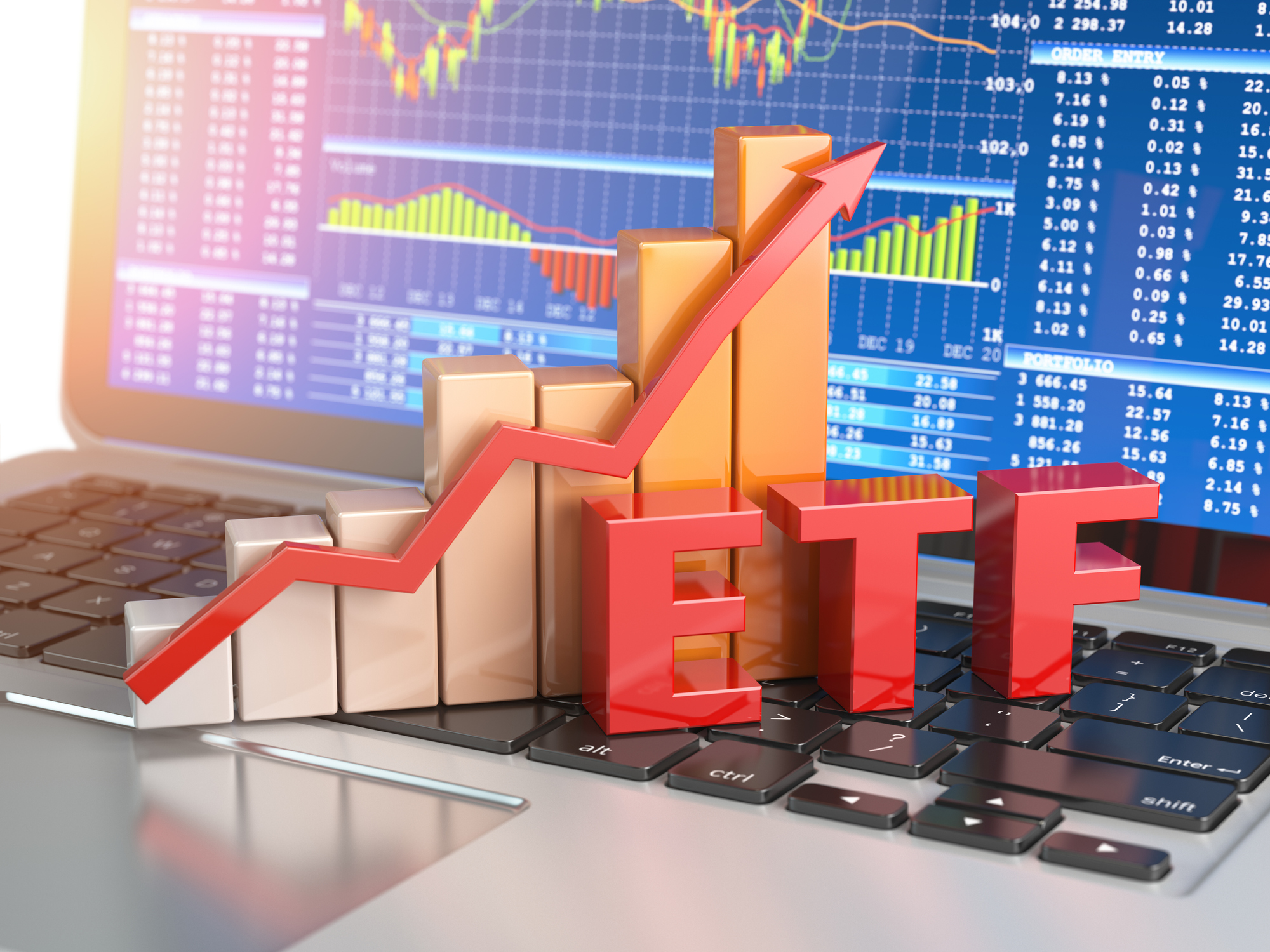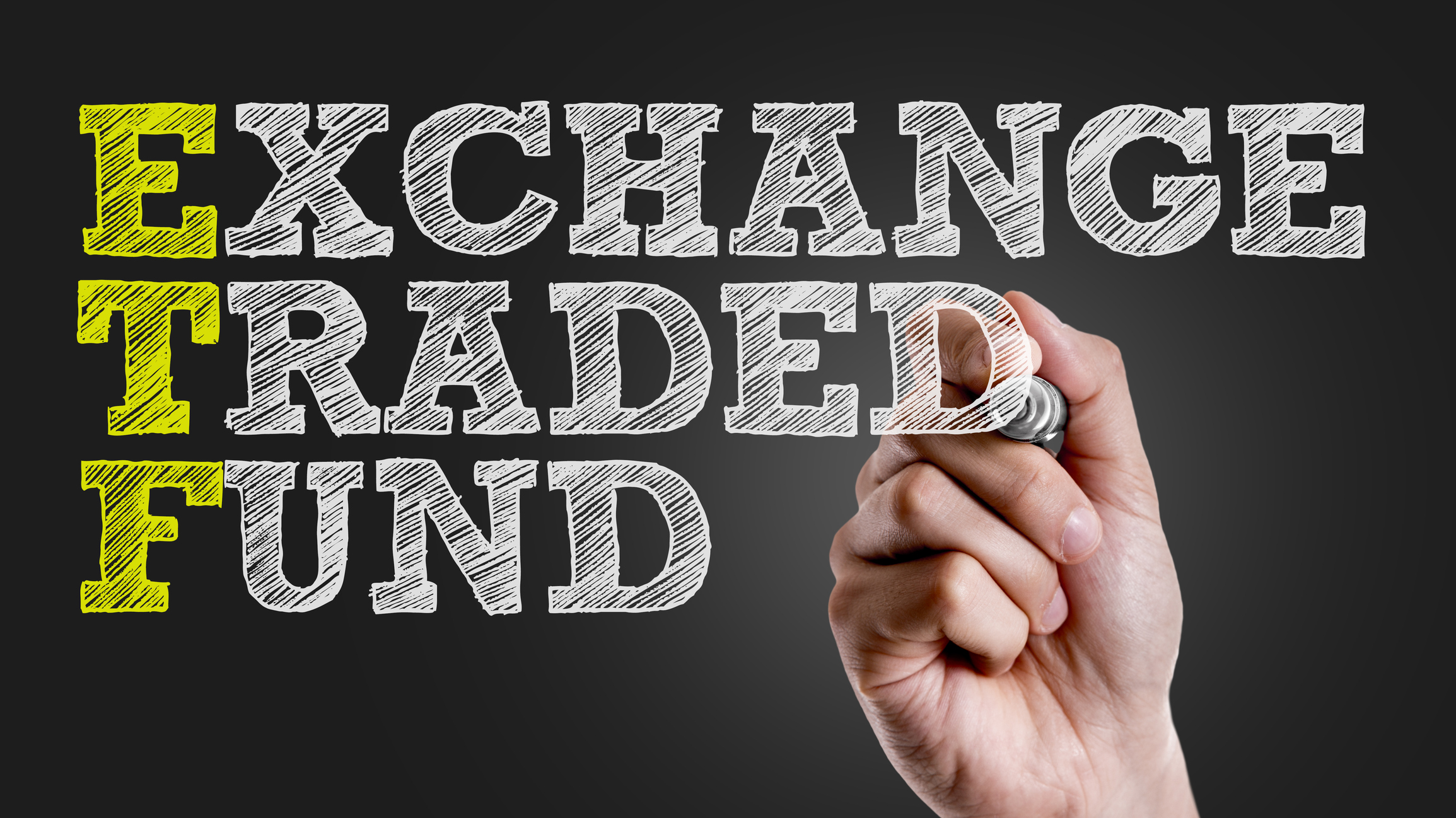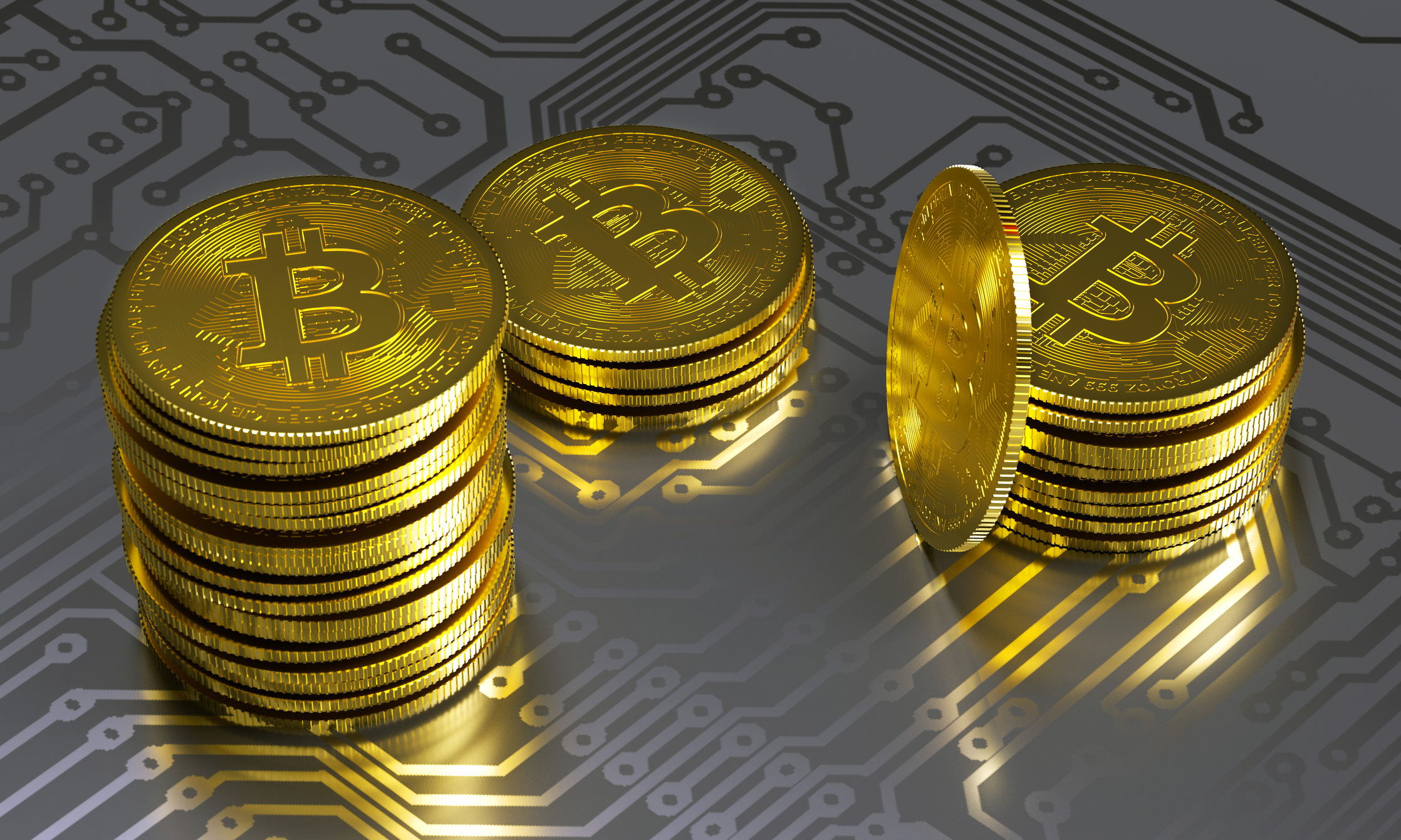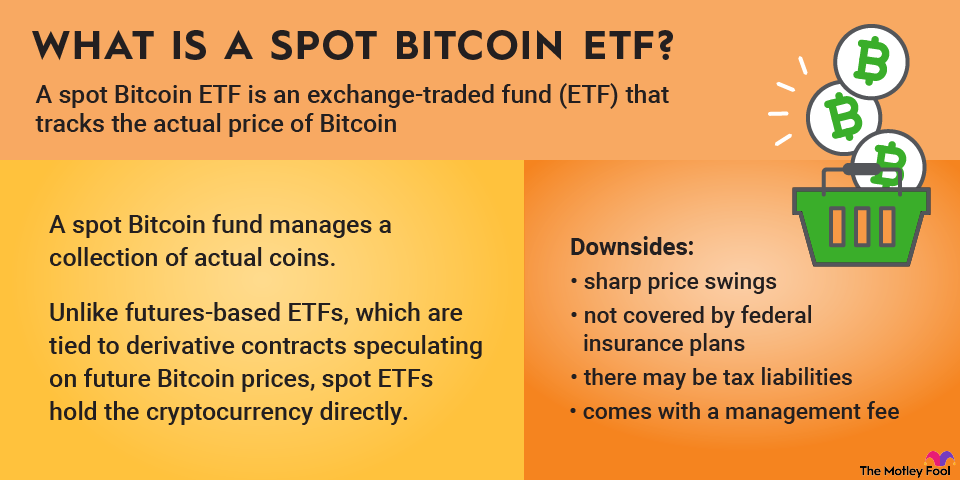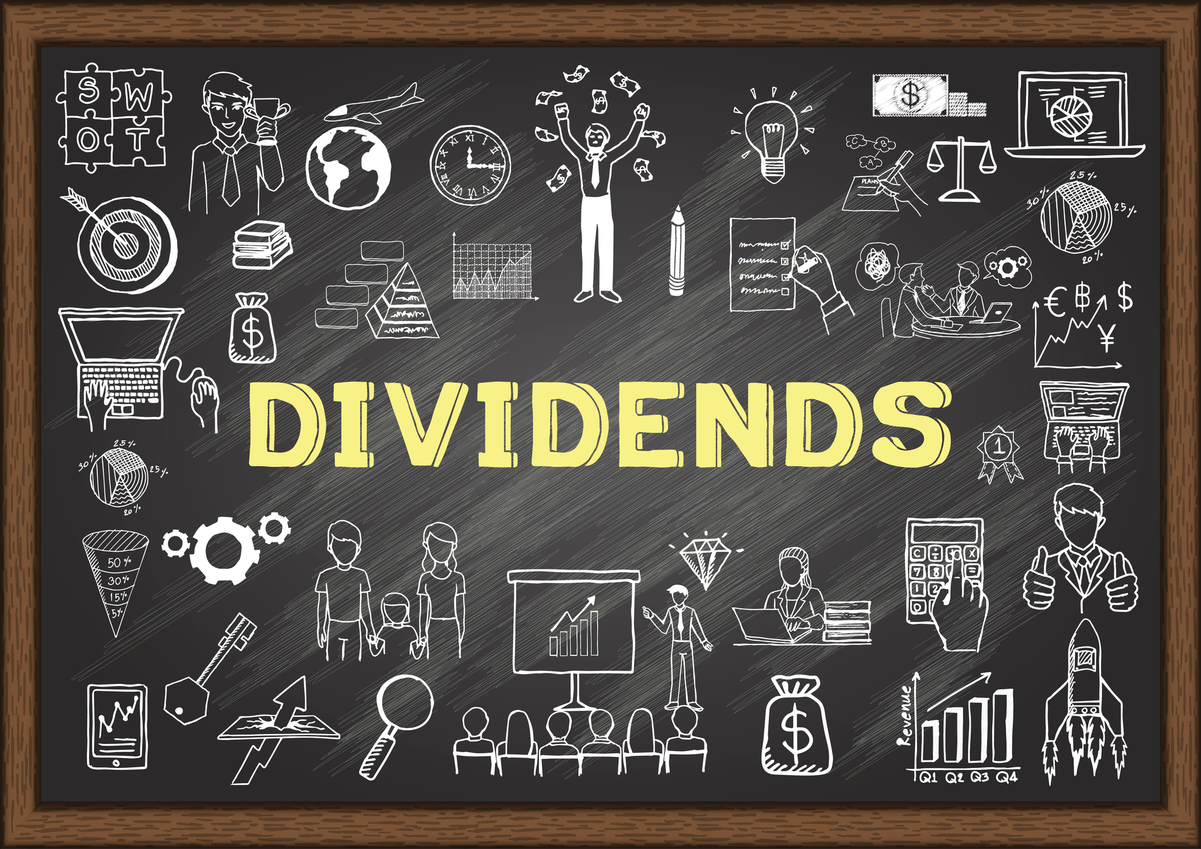The Global X Lithium & Battery Tech ETF (LIT +0.66%) enables investors to capture the underlying drivers powering the electric vehicle boom and broader electrification trend. Instead of focusing on the manufacturers or the infrastructure supporting electric vehicles (EVs), this ETF goes further up the supply chain to the source: lithium. This element is essential for producing rechargeable batteries used in EVs, consumer electronics, and energy storage systems, making the fund a way to combine mining exposure with tech-driven demand.
The trade-off is that lithium is a highly volatile industry, and even when packaged into an exchange-traded fund (ETF) like LIT, price swings can be significant. Beginning ETF investors should make sure they understand those risks before buying ETF shares.

NYSEMKT: LIT
Key Data Points
What is Global X Lithium & Battery Tech ETF (LIT)?
Global X Lithium & Battery Tech ETF is a passive ETF that replicates the Solactive Global Lithium index, giving investors exposure to the full lithium cycle. Its benchmark covers companies involved in mining, refining, and battery production from across the world. The fund debuted in July 2010 and currently has about $1.13 billion in assets under management. Its liquidity is more limited than with larger ETFs, with a 0.13% 30-day median bid-ask spread, partly because it holds less frequently traded international stocks.
Exchange-Traded Fund (ETF)
How to buy Global X Lithium & Battery Tech ETF (LIT)
- Open your brokerage account: Log in to your brokerage account where you handle your investments.
- Search for the ETF: Enter the ticker (LIT) or ETF name into the search bar to bring up the ETF's trading page.
- Decide how many shares to buy: Consider your investment goals and how much of your portfolio you want to allocate to this ETF.
- Select order type: Choose between a market order to buy at the current price or a limit order to specify the maximum price you're willing to pay.
- Submit your order: Confirm the details and submit your buy order.
- Review your purchase: Check your portfolio to ensure your order was filled as expected and adjust your investment strategy accordingly.
Holdings of Global X Lithium & Battery Tech ETF (LIT)
Global X Lithium & Battery Tech ETF's holdings currently span about 40 companies and, as expected, lean heavily on mining names from the materials sector, which account for 48% of assets.
But the fund goes beyond raw extraction to cover the full lithium supply chain. Industrials make up 20%, mostly equipment and engineering firms tied to production. Technology companies involved in battery manufacturing account for 16%, while consumer discretionary sits at 12%, dominated by EV makers. A smaller 4% allocation goes to energy firms.
This is a highly cyclical ETF. Right now, the portfolio trades at a price-to-earnings (P/E) ratio of 54.22 and a price-to-book (P/B) ratio of 1.84, suggesting it is running hot. Efficiency is relatively low, with an average return on equity of just 3.4%.
The ETF also skews toward large-cap stocks, with an average market cap of $61 billion. Volatility is elevated compared with the broader market, with a beta of 1.12 versus the S&P 500 and an annualized standard deviation of 30.1%.
Geographically, this Global X ETF is diversified across major lithium-producing and battery-making regions. China makes up the largest allocation at 43%, followed by the U.S. at 18%, with South Korea, Australia, and Japan also represented.
The top 10 holdings currently include:
- Albemarle (ALB +1.08%) – 7.29%
- Wuxi Lead Intelligent Equipment (SHE:300450) – 6.66%
- Eve Energy (SHE:300014) – 5.09%
- Sociedad Química y Minera de Chile ADR (SQM +0.07%) – 5.05%
- Tianqi Lithium (SHE:002466) – 4.65%
- Ganfeng Lithium Group (GNEN.F +0.56%) – 4.48%
- Sunwoda Electronic (SHE:300207) – 4.36%
- Contemporary Amperex Technology (CTAT.F -0.87%) – 4.12%
- Tesla (TSLA -0.15%) – 4.09%
- TDK (TTDK.F -10.27%) – 4.09%
Should I invest in Global X Lithium & Battery Tech ETF (LIT)?
Global X Lithium & Battery Tech ETF is generally best suited as a satellite allocation for investors who are bullish on EVs, renewable energy storage, and the global electrification trend, and who can tolerate the volatility of mining and battery firms.
Geopolitical risk is very real here, as the fund holds a heavy allocation to Chinese companies where government policy, trade restrictions, or local market disruptions can cause sudden drops.
Environmental and regulatory risks are also high, since lithium mining is resource-intensive and subject to scrutiny, making prolonged slumps not unusual. If you have environmental, social, and governance (ESG) concerns, this ETF is not a good fit given the environmental footprint of lithium extraction.
But if your thesis is to capture a potential lithium supercycle across the entire supply chain rather than betting on a single company, this fund stands out as one of the longer-standing and better-capitalized options available.
Does Global X Lithium & Battery Tech ETF (LIT) pay a dividend?
Yes, this ETF pays a dividend, but it’s modest, with a 30-day SEC yield of 0.63% paid semiannually. The low payout is not surprising given the types of companies the ETF holds. Lithium miners and battery manufacturers typically reinvest heavily into exploration, production, and technology rather than paying out large dividends. EV makers, which also feature in the fund, are growth-oriented and usually retain earnings to scale operations. As a result, investors should view this Global X fund as a growth play tied to electrification trends, not as a source of reliable income.
What is the expense ratio for Global X Lithium & Battery Tech ETF (LIT)?
The expense ratio is 0.75%, which equals about $75 annually for every $10,000 invested. This fee is deducted from the fund’s assets and reflected in its returns. This percentage is high, but not unreasonable for a niche thematic ETF.
Expense Ratio
Historical performance of Global X Lithium & Battery Tech ETF (LIT)
Below shows the total annualized returns for this Global X fund.
Metric | 1-Year | 3-Year | 5-Year | 10-Year |
|---|---|---|---|---|
Net Asset Value | -0.39% | -18.13% | 4.79% | 6.76% |
Market Price | -0.39% | -18.27% | 4.71% | 6.72% |
Related investing topics
The bottom line on Global X Lithium & Battery Tech ETF (LIT)
Global X Lithium & Battery Tech ETF gives clean exposure to the lithium supply chain, from miners to battery makers to EV producers. That makes it a straightforward way to bet on electrification trends and the potential for a long-term lithium supercycle.
The drawback is that it comes with high volatility, geopolitical risk tied to China, and environmental and regulatory overhangs that can trigger sharp drawdowns. The dividend is minimal, and the 0.75% expense ratio is on the higher side for an ETF.
Used optimally, LIT belongs as a small satellite position rather than a core holding. It fits investors who are comfortable with boom-and-bust cycles and want diversified access to lithium rather than trying to pick individual winners. For growth-focused portfolios built around themes like EV adoption and renewable energy, it can add targeted exposure, but only if you’re willing to ride out the swings.






